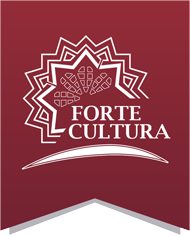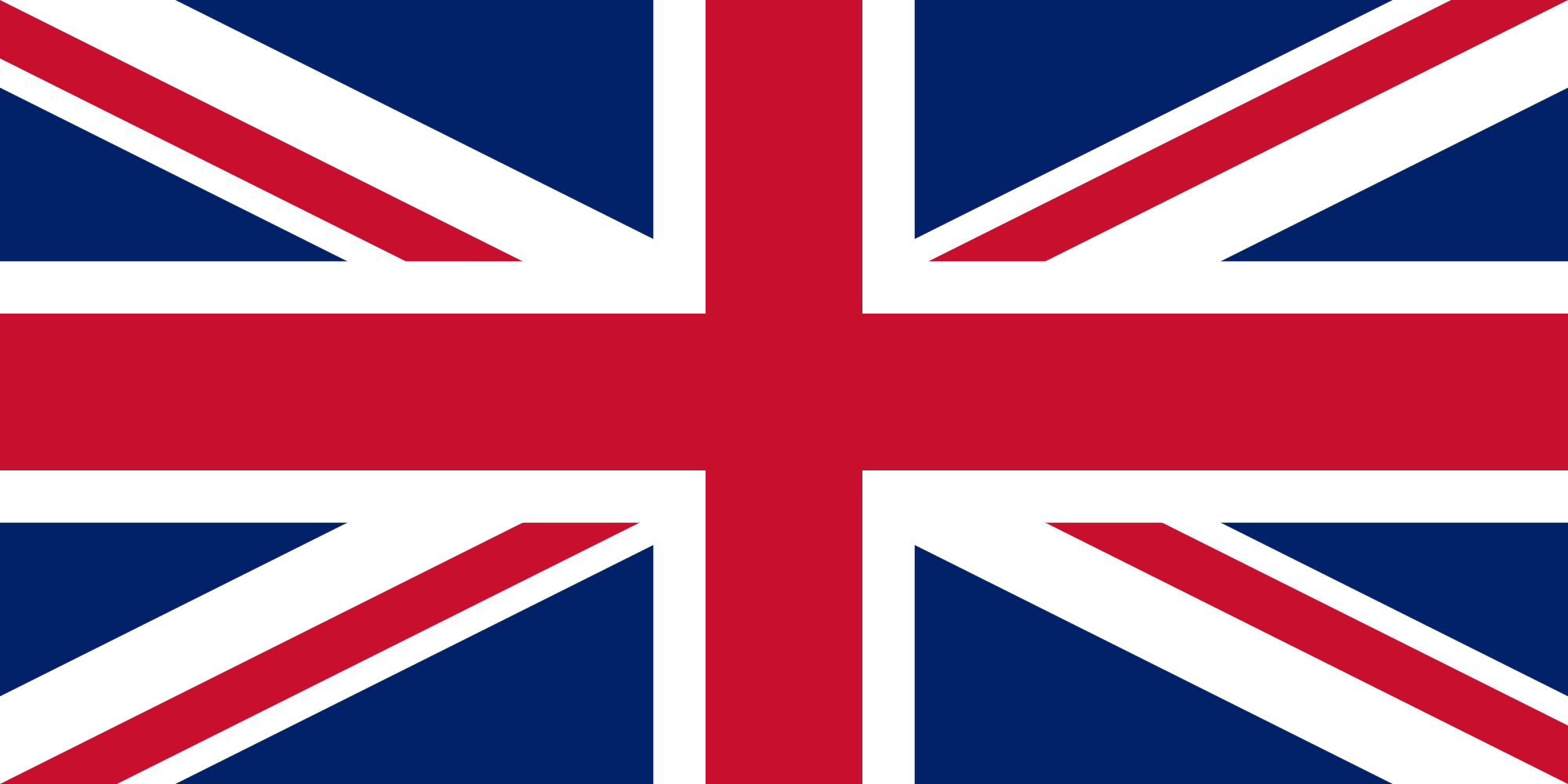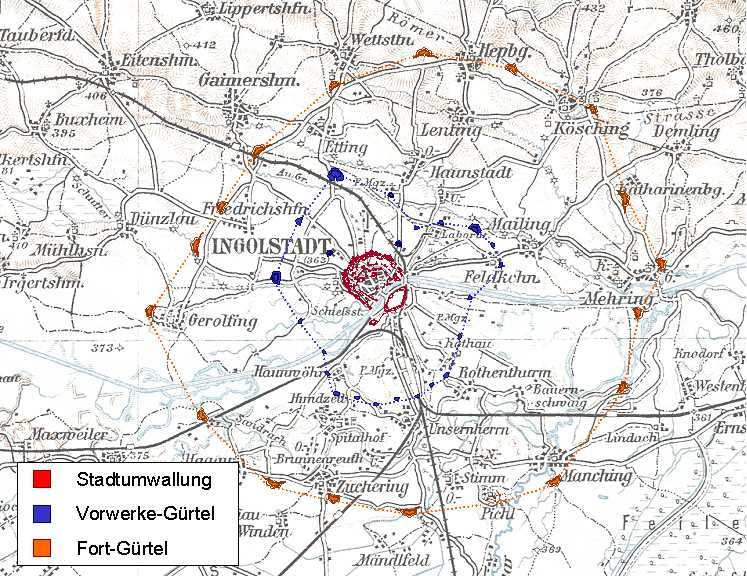Ingolstadt impresses with its architectural splendour and rich history. Fortified and constantly expanded from the 13th century onwards, the Kingly Bavarian State Fortress set new standards in the 19th century as the most modern polygonal fortification of its time. Two fortification rings with over 30 outer forts form the forward barriers of the large fortification system.City of Transformation , where fortress history and modernity combine in a fascinating way.
Monument and History
History Due to its location on the Danube, Ingolstadt was already an important crossroads of long-distance traffic routes in prehistoric times and later in Roman times. The first mention of Ingolstadt can be found in a document of Charlemagne in 806. Around 1270, Ingolstadt demonstrably had a city wall, of which the Old Castle (today known as the Herzogskasten) still exists and is used as the city library.
Quelle: Ausschnitt © Bayerisches Armeemuseum, Ingolstadt Quelle: Lithografie von Anton Hoffmann 1896 Quelle: © Matthäus Merian
Architecture The first and oldest city wall was built in the 13th century and consisted of a rectangle with 4 corner towers. The Old Castle - today called the Duke's Box - was part of the fortification and is today the only remnant of this first medieval city fortification.www.www.festungingolstadt.de .
Quelle: Stadt Ingolstadt Quelle: © nach Kleemann, Förderverein Bayerische Landesfestung Ingolstadt e.V. Quelle: © Christian Karl
Nature Experience Ingolstadt has numerous parks, extensive green spaces and forests. The most characteristic is the glacis, the apron of the former fortress belt around the actual city centre. In the 19th century, the glacis was laid out as part of the state fortifications as an open, grassy firing field in front of the fortifications. The 100-hectare green belt enclosed the old town with areas of woodland, meadows and water. Attackers found no cover here. Today, Ingolstadt residents and visitors alike enjoy a green oasis that radiates harmony between nature and historic fortifications. Extensive footpaths and cycle paths open up the idyllic nature belt.www ingolstadt.de/biotoperlebnispfad ).
Quelle: © Maximilian Schuster Quelle: Stadt Ingolstadt Quelle: Stadt Ingolstadt Quelle: Gartenjournal.net



